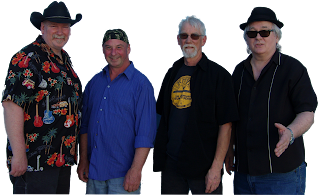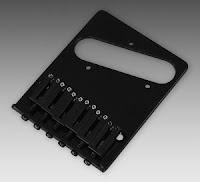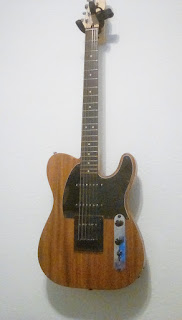Finally Found the Speaker for my Marshall DSL 15C
After several tries, I finally found the speaker for my Marshall DSL 15C. Speakers I tried include a Celestion G12H30 Anniversary and a Celestion Vintage 30. I also tried a Warehouse Guitar Speaker (WGS) ET65 and HM75. None of those speakers nailed it for me. I recently bought a used WGS Reaper (the standard 30 watt version) that had about 10 hours of use. OMG! It is perfect! I had a tone in my head that I was looking for and the WGS Reaper turned out to be spot on. No high spike. The highs are there, but not ear piercing. No overdone mids (nice sweet mids). Bass that is there without being too much. Just the right amount of break up when driven. Very responsive to touch and attack. Very responsive to the guitar volume being turned down (less drive, without the bottom dropping out of the volume). I can hardly freaking believe it. I was able to stop using the mid-scoop and the bass boost buttons on the DSL 15C. Plus, I was able to turn the treble and the mid to


